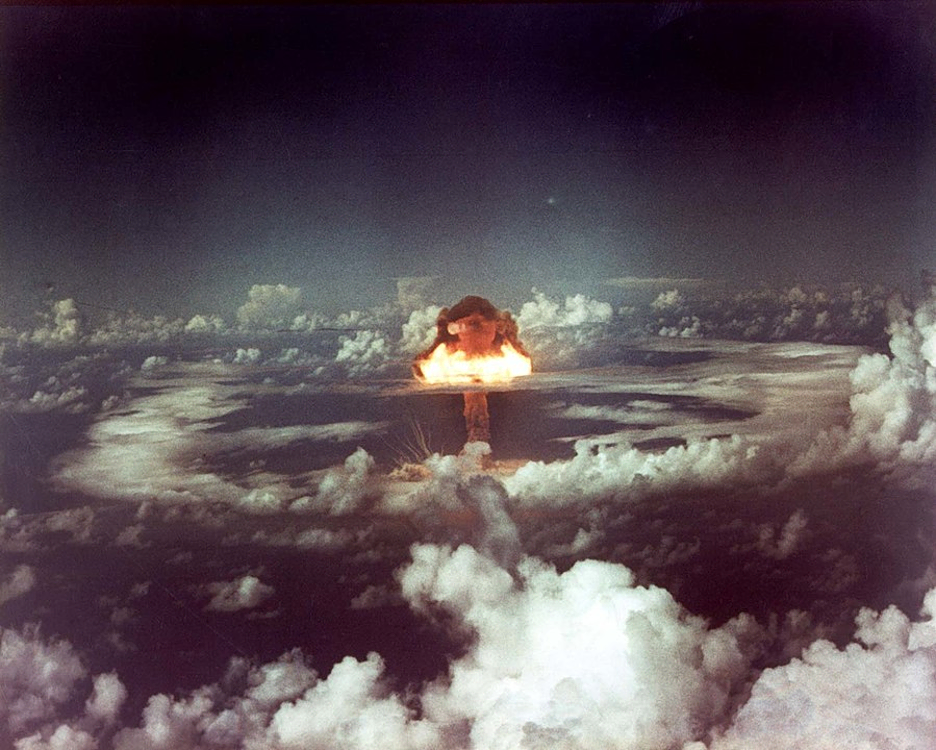
Summary
Both nuclear weapons and modern UAP emerged in the 1940s, and from this beginning, the two have been connected. Following World War 2, sightings of “flying saucers” over U.S. nuclear weapons facilities were common, and as the Cold War deepened, alleged UAP incidents began to suggest interactivity between human nuclear technology and strange aerial objects; according to witnesses on both sides of the Iron Curtain, so-called UFOs appeared to demonstrate a capacity to turn our weapons off, or on.
With the end of the Cold War, nuclear annihilation receded from popular anxiety. Yet the connection between UAP and nuclear weapons remained. In fact, the new era of open UAP inquiry largely came about through the revelation of UAP incidents around nuclear-powered U.S. aircraft carriers. However, whether the ongoing co-occurrence indicates some sort of intention or relationship is unclear. After all, the high rate of reports may point to the fact that the skies around nuclear weapons are among the most heavily surveilled spaces on Earth.
From the Start
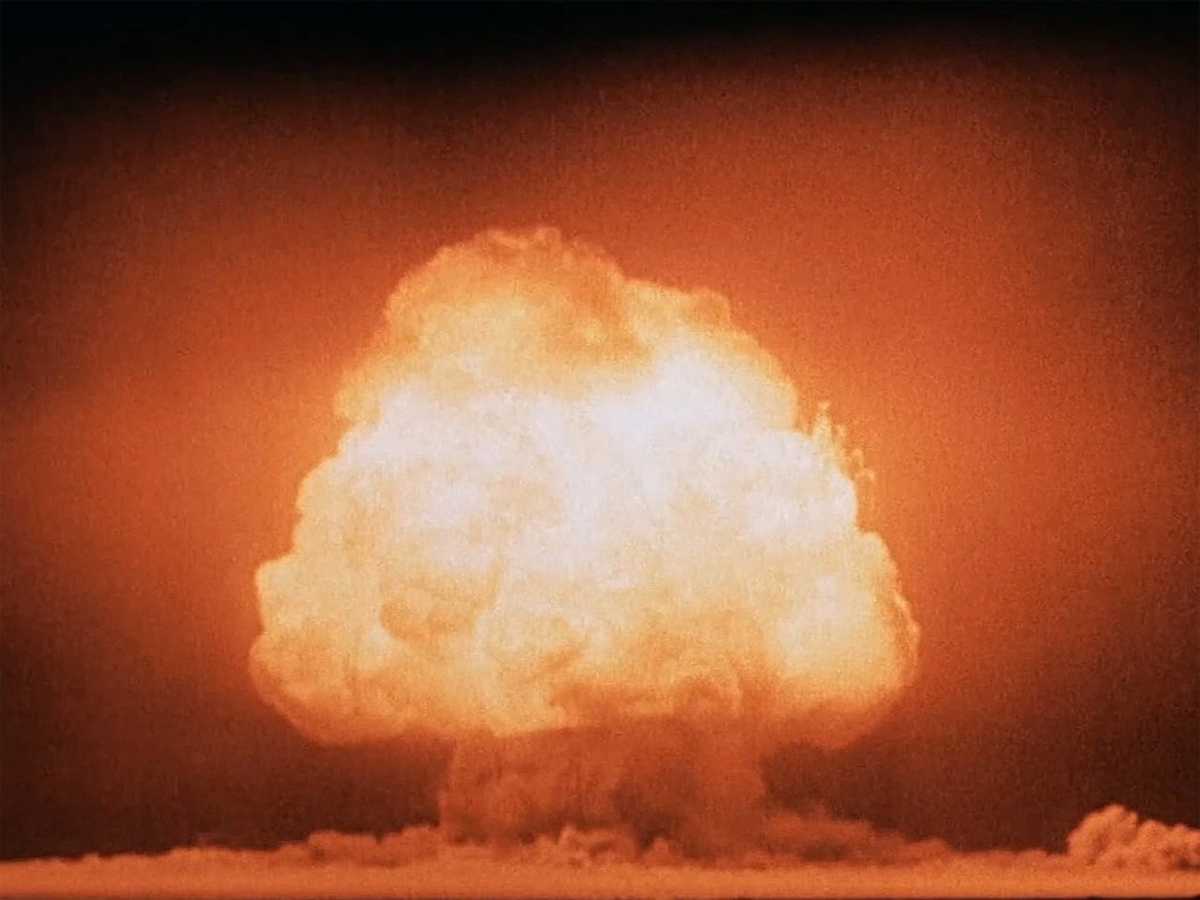
The first nuclear detonation occurred in July 1945 at the Trinity test site outside of Socorro, New Mexico, demonstrating that the U.S. military had discovered how to split atoms as a means of mass destruction. Less than two months later, the U.S. bombed Hiroshima and Nagasaki in Japan, killing roughly 100,000 people in the blasts and as many more in the ensuing radiation and damage.
With these bombings, the world learned of nuclear weapons. Meanwhile, another phenomenon was quietly emerging. Back in New Mexico near Trinity, a family reported to state police that an aircraft, egg-shaped and without wings, had landed on their ranch.¹ The incident came to nothing, but such reports slowly increased, and by July 1947, the U.S. was in the grips of its first “flying saucer” sighting wave.
Over the next several years, a connection between UAP and nuclear weapons seemed to surface. By 1952, every major U.S. nuclear weapons site — including test sites, missile launch facilities, research labs and fissile material production plants — reported UAP incidents.²
For instance, in the spring and summer of 1949 in the skies over Camp Hood, Texas, which stored nuclear weapons, UAP allegedly appeared almost weekly, according to a U.S. Army report³; the Hanford Engineering Works, a chain of nuclear production sites in Washington under the Atomic Energy Commission, reported visual and radar sightings of saucer-shaped UAP in several incidents from 1949 into 1950, some of which resulted in fighter planes from near Moses Lake Air Force Base taking off in pursuit⁴; in May 1952, four workers at the Savannah River Plant in South Carolina reported UAP that swept back and forth within the restricted airspace for half an hour, prompting a tense correspondence between the local Federal Bureau of Investigations office and FBI director J. Edgar Hoover.⁵
Among such incidents, the most deeply-investigated cases appear to have occurred at two sites crucial to the U.S. Government’s development of nuclear weapons: the Los Alamos National Laboratory in New Mexico and the Oak Ridge National Laboratory in Tennessee.
Dr. La Paz and the green fireballs
On December 13, 1948, Dr. Lincoln La Paz, a meteorologist from the University of New Mexico, was traveling with two U.S. Air Force officers in northern New Mexico when an alleged UAP passed overhead. The object was not a meteor, La Paz reckoned, owing to the sustained intensity of its whitish green light.⁶
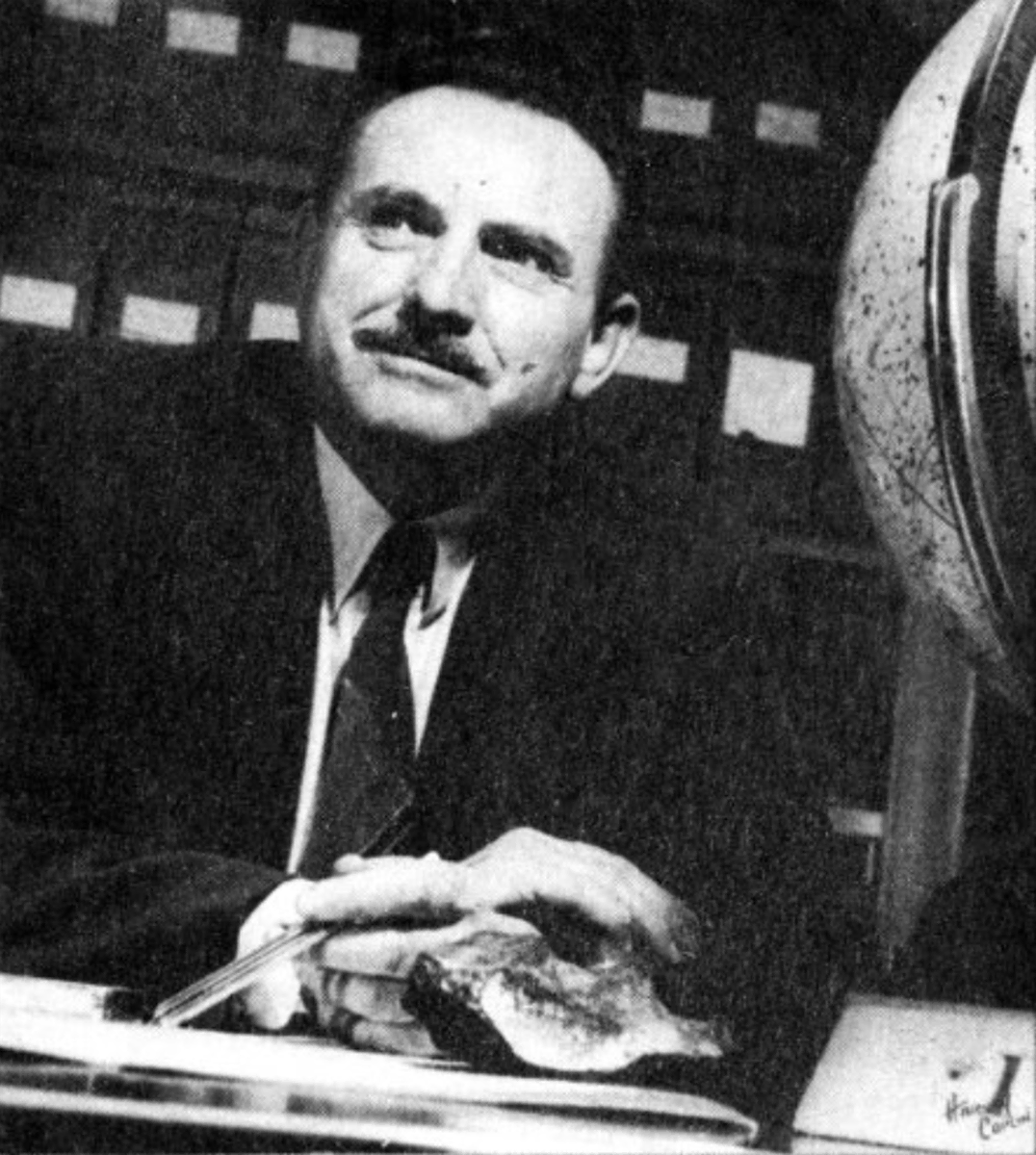
As luck would have it, La Paz had been brought in to investigate UAP sightings for the Los Alamos National Laboratory, a critical location of the so-called Manhattan Project that designed the atomic bomb during WWII. Within a few weeks of December 1948, at least 21 whitish green objects were reported in the Los Alamos vicinity; the objects traveled at altitudes between 3,000 and 20,000 feet and at speeds apparently “above the supersonic range,” according to a summary from the U.S. Army.⁷
The sightings went on into the New Year, and the government called upon Dr. Joseph Kaplan, an atmospheric physicist, and Dr. Edward Teller, a key contributor to the Manhattan Project, to examine the “green fireball” quandary with La Paz.
However, by the time Kaplan and Teller came aboard, the green fireballs had ceased flying over Los Alamos. La Paz was unsuccessful in convincing the men that he and hundreds of others had witnessed unnatural phenomena, according to General Edward J. Ruppelt, head of the Air Force’s UAP investigative effort, Project Blue Book.⁸
Years later, Ruppelt visited La Paz at the University of New Mexico. The meteorologist was convinced as ever that the green fireballs over Los Alamos National Laboratory were yet to be unexplained.
The objects were too bright and large and their trajectories were too flat. They traveled without sound or shock waves and they left no particles. They were not meteors, meteorites, or other known atmospheric phenomena, La Paz said, according to Ruppelt.
Oak Ridge
Oak Ridge National Laboratory in Tennessee, another of the original Manhattan Project sites, likewise experienced a succession of encounters.
In June 1947, at the dawn of the “flying saucer” era, alleged UAP appeared in multiple incidents over Oak Ridge, one of which resulted in photographs of the object, according to a declassified FBI memo. Air Force intelligence soon collected two dozen distributed copies of the UAP photographs and declared them a hoax, a conclusion that ran counter to assessment from site personnel that the “photographs were, without doubt, authentic.”⁹
Alleged UAP returned to skies above Oak Ridge two years later in June 1949 and again for daily visits that registered on local radar from March 1 to 6, 1950. Late at night on October 12, 1950, 11 UAP appeared over Oak Ridge, according to Air Force radar at McGhee Tyson Airport in nearby Knoxville. The Air Force scrambled an F-82 Mustang fighter plane in pursuit. The pilot, despite making three interceptions according to radar, saw no UAP.¹⁰
On October 13, the scene replayed: UAP appeared on radar, jets scrambled in pursuit and although they met on radar, the pilots could not report visual confirmation. That day, however, several Oak Ridge personnel reported seeing multiple UAP. The witnesses, who included site security and scientific personnel, said that the UAP changed in size and shape and color. They morphed from discs into bullet-shapes. They went transparent. They glowed in bands.¹¹
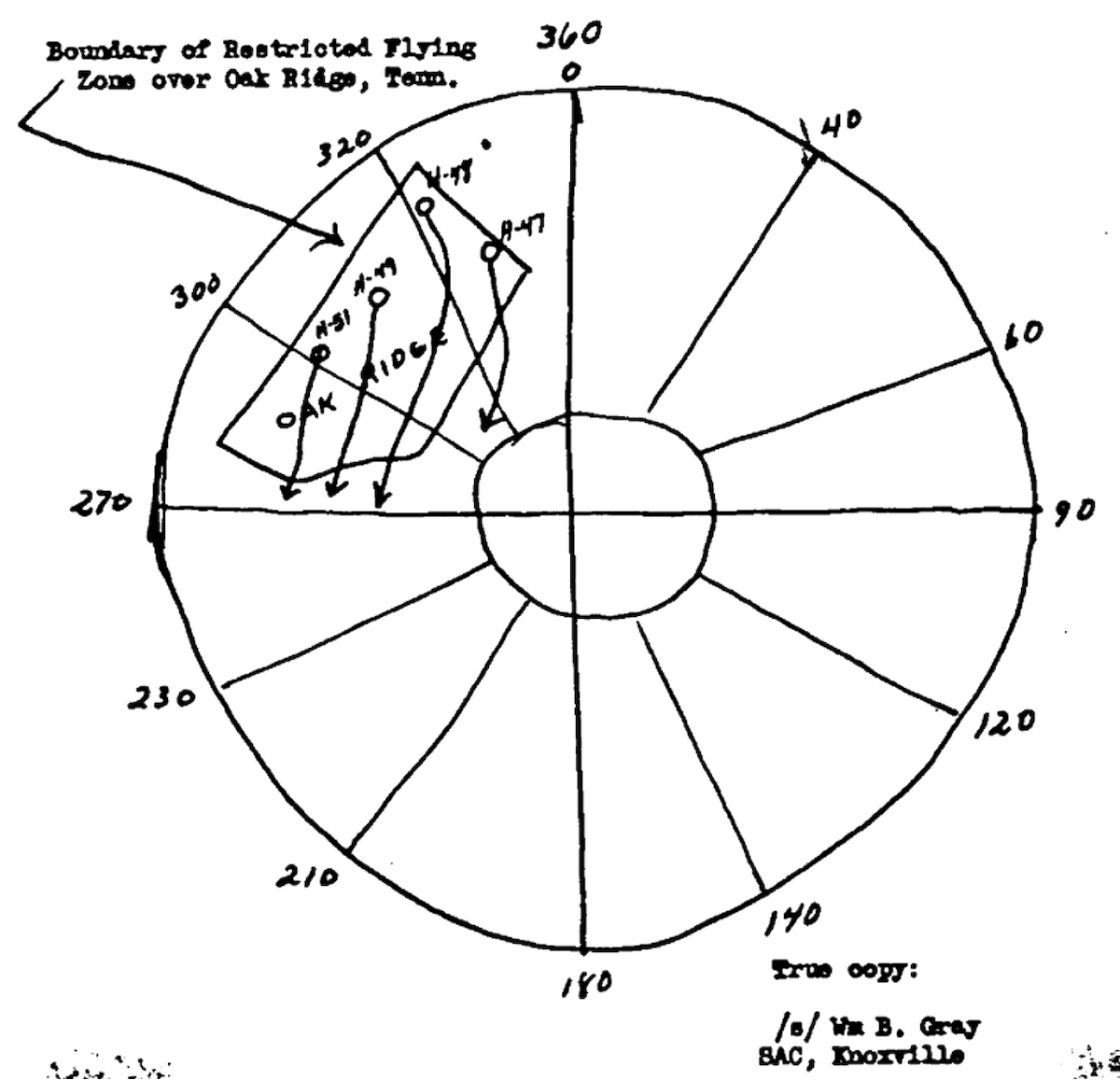
On October 14, 15 and 16, UAP once again appeared on radar. Jets scrambled, and pilots, who read the UAP on airborne radar, could not make consistent visual contact, even in an instance where ground observers saw an F-82 pass directly beneath a UAP.¹²
Probing the connection
The rash of UAP incidents at Oak Ridge in 1950 caught the attention of several investigative agencies including the Air Force Office of Special Investigations, the Air Force Counter Intelligence Corps, the FBI and the Central Intelligence Agency.
In 1952, the CIA reviewed the Oak Ridge incidents against other Air Force reports of UAP at nuclear sites. The Air Force had demonstrated, the CIA said, that UAP reports came at a far higher rate from these sites than elsewhere. This high rate, however, might stem from the justifiably heightened “security consciousness” of personnel around these ultra-sensitive facilities, the CIA said.
Alternatively, the high rate could indicate that UAP are an electromagnetic phenomena owing to airborne radioactive material, the CIA said, noting our “immense … ignorance” with regard to the interaction of nuclear fission and the atmosphere.
Ending the report on an open note, the CIA concluded, “here we run out of even ‘blue yonder’ explanations that might be tenable, and we still are left with numbers of incredible reports from credible observers.”¹³
In the coming years, UAP would continue to visit nuclear facilities, and in a number of these incidents, the UAP would appear to interact with the technology of those facilities in a startling manner.
Interaction
From the postwar era into the 1960s and 70s, UAP transformed from “flying saucers” sighted at distance, to objects that increasingly seemed to interact with their witnesses. Widely known and startling cases — such as the alleged abduction of Betty and Barney Hill in New Hampshire and the alleged abduction of lumberjack Travis Walton in Arizona — were emblematic of this trend.
The occurrence of UAP over sensitive nuclear sites was no exception to this change. In several instances, alleged UAP appear to interact with the technology of nuclear weapons, at times deactivating missiles and at other times turning them on.
One of the most investigated incidents of this sort occurred in Montana in March 1967.
Malmstrom: no-go
On March 24, 1967, Robert Salas was an Air Force 1st lieutenant assigned to Oscar Flight, a missile squadron of ten intercontinental ballistic missiles armed with nuclear warheads. On that evening, as per his duties, Salas was 60 feet below ground in a launch facility about 90 miles outside of Malmstrom Air Force Base in north central Montana.¹⁴
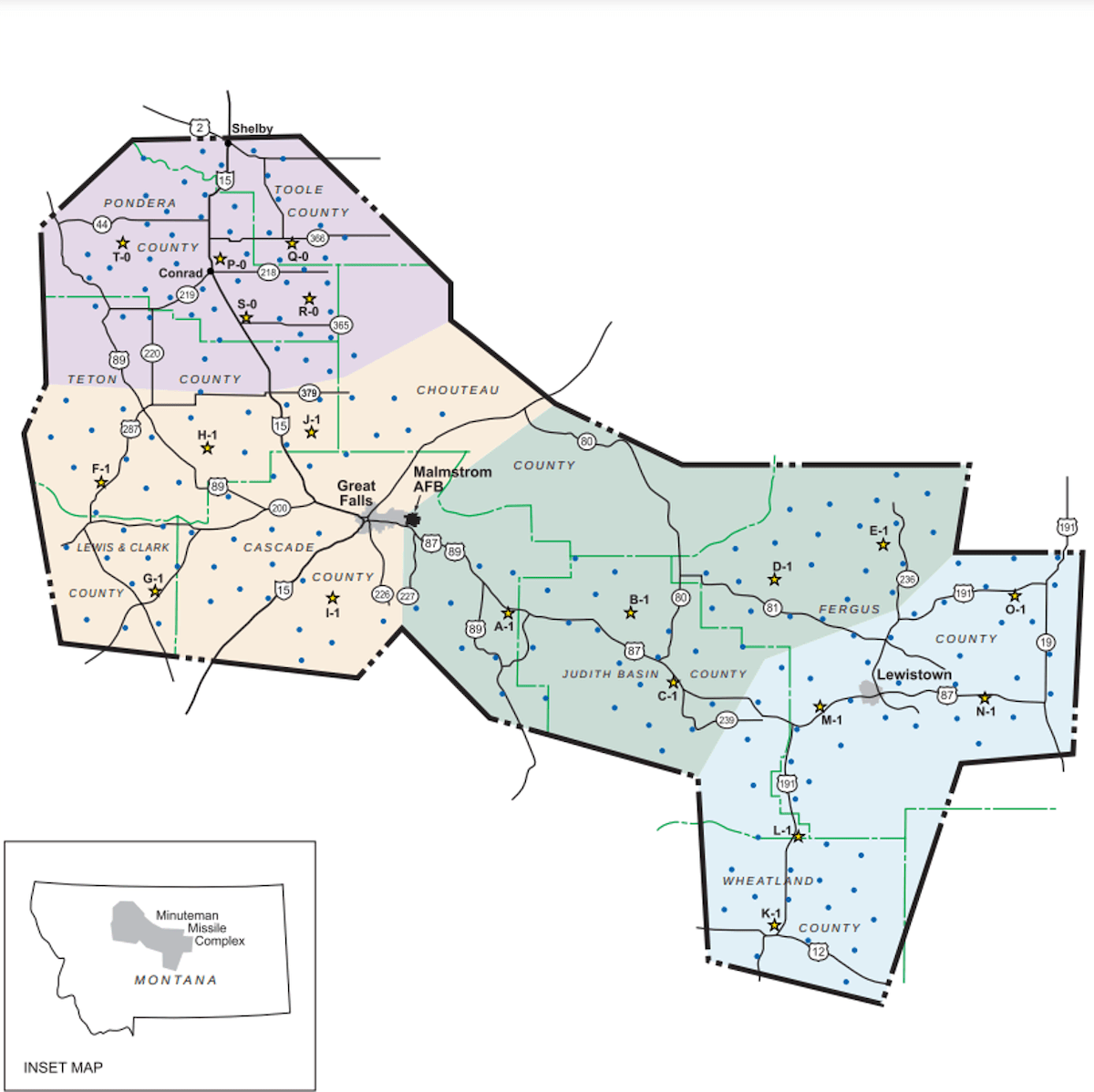
A few hours into his evening shift of monitoring missile readiness, Salas allegedly got a call from security personnel above ground. According to Salas, the guard said that strange lights were in the sky over the launch facility.¹⁵
Salas thought little of it, told the guard to keep watch and hung up. According to Salas, the phone rang again a few minutes later. This time, the guard was screaming.
According to Salas, the guard said that a massive red oval was now hovering low over the launch facility’s gate.
Salas says that he turned to his fellow 1st Lieutenant, Frederick Meiwald, and that in the space of a few seconds an alarm sounded. The ten missiles under their care had entered “no-go” status. In other words, they had been deactivated.
(Fredrick Meiwald has stated that he remembers alarms going off, but little else from that night. While he does not contradict Salas, he has not precisely confirmed the alleged presence of UAP or that the missiles shut down.¹⁶)
In response to the alleged shutdown, Malmstrom base officers called up a missile maintenance crew headed by 1st Lieutenant and targeting officer Robert Jamison. According to Jamison, his crew convened in a hangar, but his superiors told them to wait; UAP had been reported, and the base was waiting for the skies to clear.¹⁷
Jamison further says that radio chatter audibly played in the hangar. Over the radio, Jamison says, personnel staring up at UAP were talking. More importantly, word spread that the same thing had occurred one week prior over another launch facility, Echo Flight; UAP had allegedly shut down minuteman missiles at Malmstrom before.
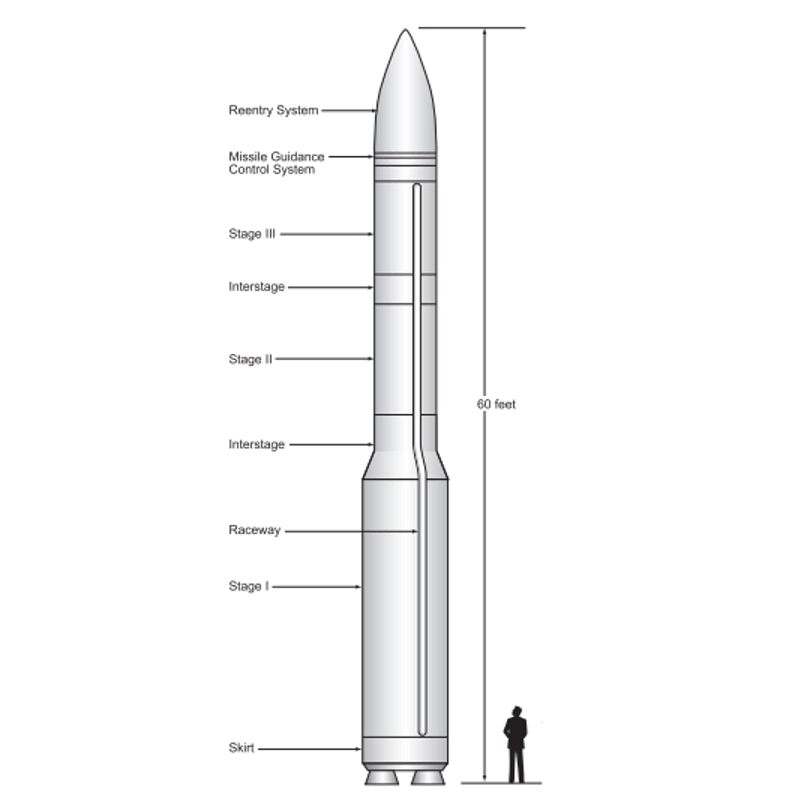
Echo/Oscar
Here, the story enters a potential field of confusion between Echo Flight and Oscar Flight, and between March 16 and March 24.
The official history of the 341st Missile Wing, the Air Force unit at Malmstrom that operates the intercontinental nuclear arsenal, attests that on March 16, 1967, one week before the night recalled by Salas and Jamison, the minuteman ICBMs of Echo Flight southeast of Malmstrom suddenly deactivated one morning. According to the history, subsequent investigation revealed no mechanical culprit.¹⁸
The official history further states that “rumors of unidentified flying objects” had been connected to the incident, but that such rumors were “disproven” as unknown targets had not appeared on radar and Echo Flight launch facility personnel had not filed any sightings of UAP.¹⁹
Walter Figel, an Echo Flight commander, directly contradicts this last point. According to Figel, security, maintenance and strike teams for Echo Flight all reported UAP over their launch facility on March 16.²⁰ Additionally, Robert Kaminski, a Boeing engineer brought to investigate the Echo Flight shut down, has said that he was told by base personnel that UAP had deactivated Echo Flight on March 16.²¹
The official 341st Missile Wing History makes no mention of any UAP or deactivation incident on March 24, 1967, at Oscar Flight. Additionally, readers might note that neither Salas nor Jamison claim to be eyewitnesses of the alleged UAP on March 24 over the Oscar Flight launch facility.²²
Accounts from several other Malmstrom personnel confirm a UAP nuclear incident at Malmstrom in March 1967, but do not dispel the potential confusion between the dates and sites. For instance, Dwynne Arneson, an intelligence and communications officer at Malmstrom, has said that while he did not “know Oscar Flight from Echo Flight,” he nonetheless handled intelligence data that “a UFO did in fact shut down several missile silos” in March 1967.²³
A few months later, similar alleged interactions between UAP and nuclear missile launch facilities were reported 500 miles west from Malmstrom at Minot Air Force Base in North Dakota.²⁴
Ukraine: missiles activated
In the evening of October 4, 1982, a UAP allegedly appeared in the skies of southern central Ukraine. The UAP was elliptical, large, perhaps 900 feet around, and executed graceful turns on its edge, according to Vladamir Platonev, a lieutenant colonel at the nearby Soviet military base at Usovo.²⁵ A Usovo radio operator who was out for dinner saw the UAP, as well. The operator, Vladimir Matveyer, later said it was the size of a large home and that it drifted from side to side.²⁶
At a further distance, a lieutenant colonel and a captain named Valery Polykhaev reportedly spotted the UAP while on a bus heading home from the base. To them, the UAP appeared as holiday lights performing acrobatic maneuvers. Once home, Polykhaev took his family out for a drive. The UAP was still in the air. His children were afraid it would fall upon them.²⁷
The Soviet military base at Usovo housed multiple launch facilities for nuclear-armed intermediate range ballistic missiles, and on that night at 9:37 PM, a panel lit up in an underground control room, indicating that missiles were preparing to launch.²⁸
Such a launch would likely trigger nuclear war between the U.S.S.R. and the U.S. and its allies.
However, according to the base witnesses and subsequent investigation, no orders had come from Moscow. In fact, no one seemed to have done anything to initiate a launch. For 15 seconds, panic spread.
But then, just as the missiles had come on, they went off. The launch was averted without any clear intervention from base personnel. Around the same time, the UAP disappeared.²⁹
Widespread, unknown
As indicated by the Usovo case, the incidence of UAP over nuclear facilities is not confined to the United States.
In December 1980, outside a nuclear weapons facility at Royal Air Base Woodbridge near the southeastern coast of Britain, UAP allegedly made contact with security patrols, fired a beam into the ground, and terrorized nearby farm animals, according to declassified documents from the U.K. Ministry of Defence.³⁰
Back in the USSR, an intense and well documented UAP sighting wave occurred over nuclear plants near Saint Petersburg from 1989 into 1990.³¹
As early as 1952 in the then-Belgian Congo, two “fiery discs” shapeshifted and zigzagged for a dozen minutes over uranium mines. A pilot referred to as “Commander Pierre,” according to an Austrian news report translated by the CIA, took off in pursuit from a nearby airfield. The UAP escaped at an estimated 1,500 kilometers per hour.³²
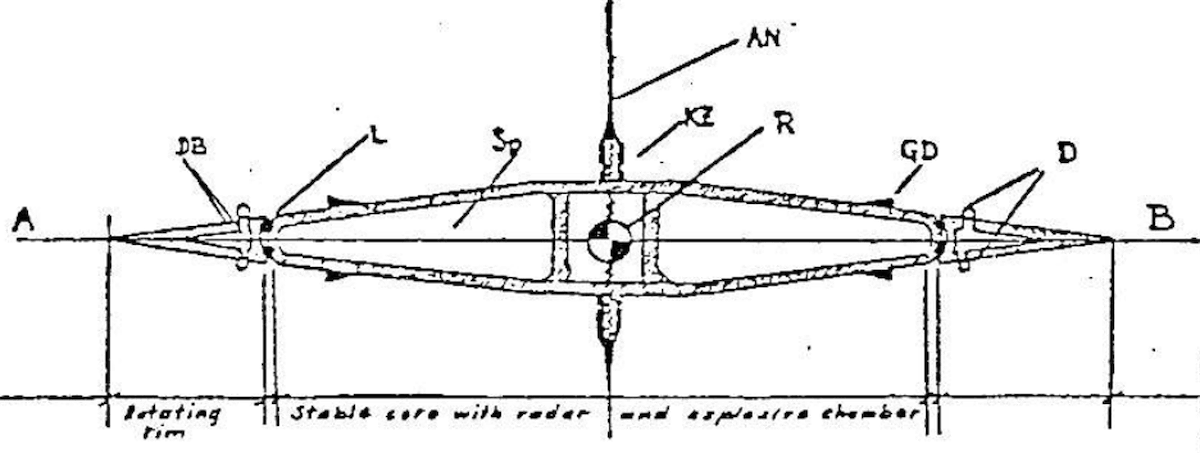
In April and May 2010, UAPs allegedly appeared over South America’s oldest nuclear facility, the Atucha nuclear power plant in Argentina, according to the Argentine news website Diario Popular.³³
More recently, military personnel have spotted and recorded UAP near nuclear weapons facilities at sea. In one of the most consequential of these cases, U.S. Navy pilots launching from the nuclear-powered USS Theodore Roosevelt aircraft carrier allegedly spotted UAP on an nearly daily basis between the summer of 2014 and the spring of 2015 while off the East Coast of the U.S.
The UAP, which at times appeared visually, on radar, or on infrared camera, executed maneuvers with supersonic speed, instantaneous stops, hovering and geometric turns for upwards of 12 hours at a time, all without evidence of an engine or exhaust, according to pilots.³⁴
“Wherever we were, they were there,” Roosevelt pilot and aeronautical engineer Lieutenant Robert Graves told the History Channel.³⁵
In December 2017, the New York Times released video obtained from the Department of Defense that included infrared footage of UAP filmed by Roosevelt pilots.³⁶ In the video, a UAP speeds over the ocean surface, held in frame by the camera’s tracking tech. The pilots exclaim, “Wow! What is that?”³⁷
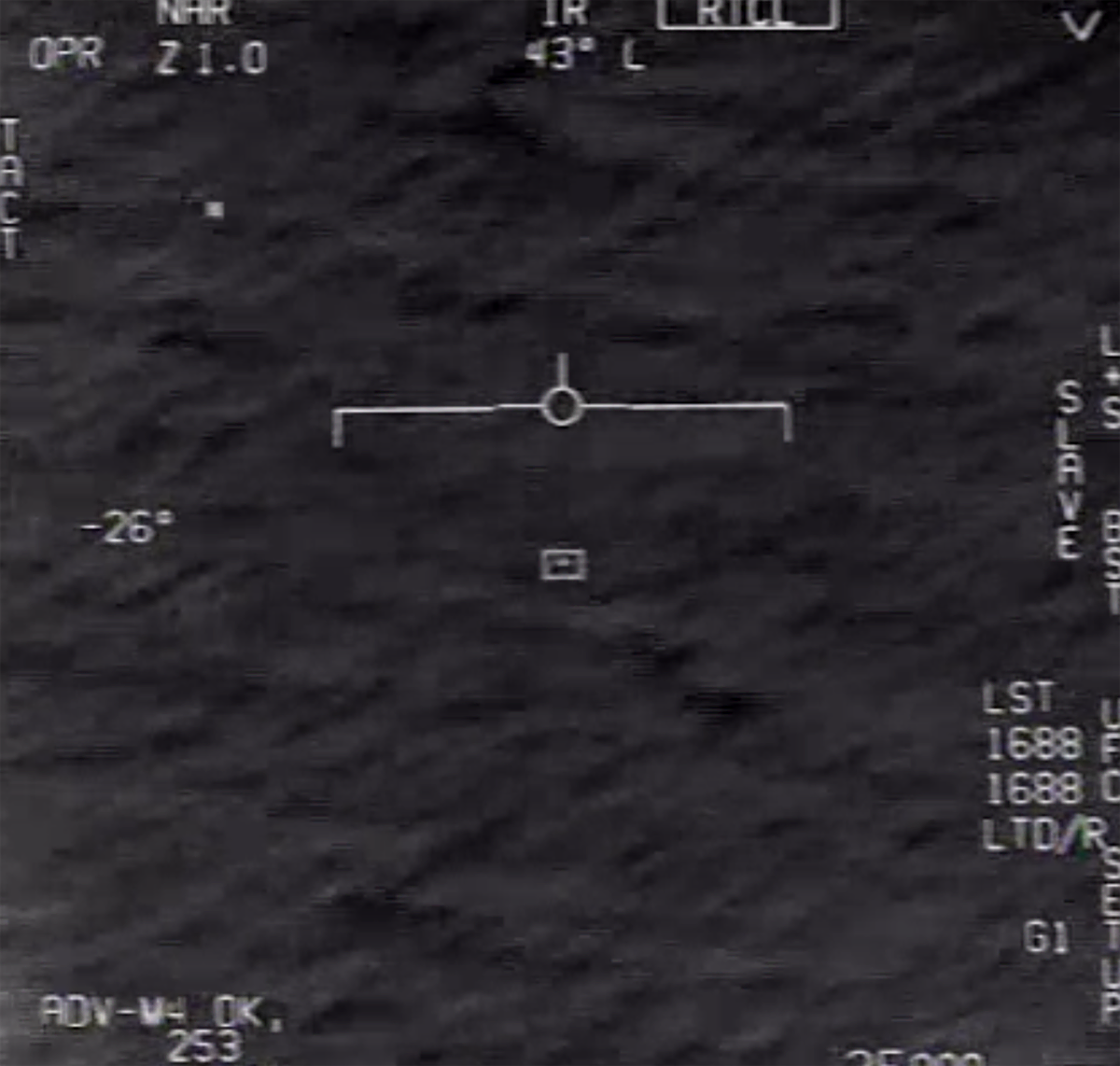
The New York Times article and the supporting video set off a political shockwave and caused the public to wonder, just as the pilots did, after the origin of the phenomena.
Purpose
Lieutenant Danny Accoin of the USS Roosevelt was among the pilots who witnessed the UAP, and when asked, Accoin refused to speculate on their origin or purpose. Accoin told the New York Times, “We are here to do a job, with excellence, not make up myths.”³⁸
In contrast, Robert Salas, the former Air Force 1st lieutenant at Malmstrom, finds a message within the acts of UAP over nuclear facilities. “To me, it's pretty clear,” Salas told the National Press Club in 2010. The UAP, he said, are telling humanity, “‘We're shining a light on this. We're pointing it out. What are you people doing with nuclear weapons?’”³⁹
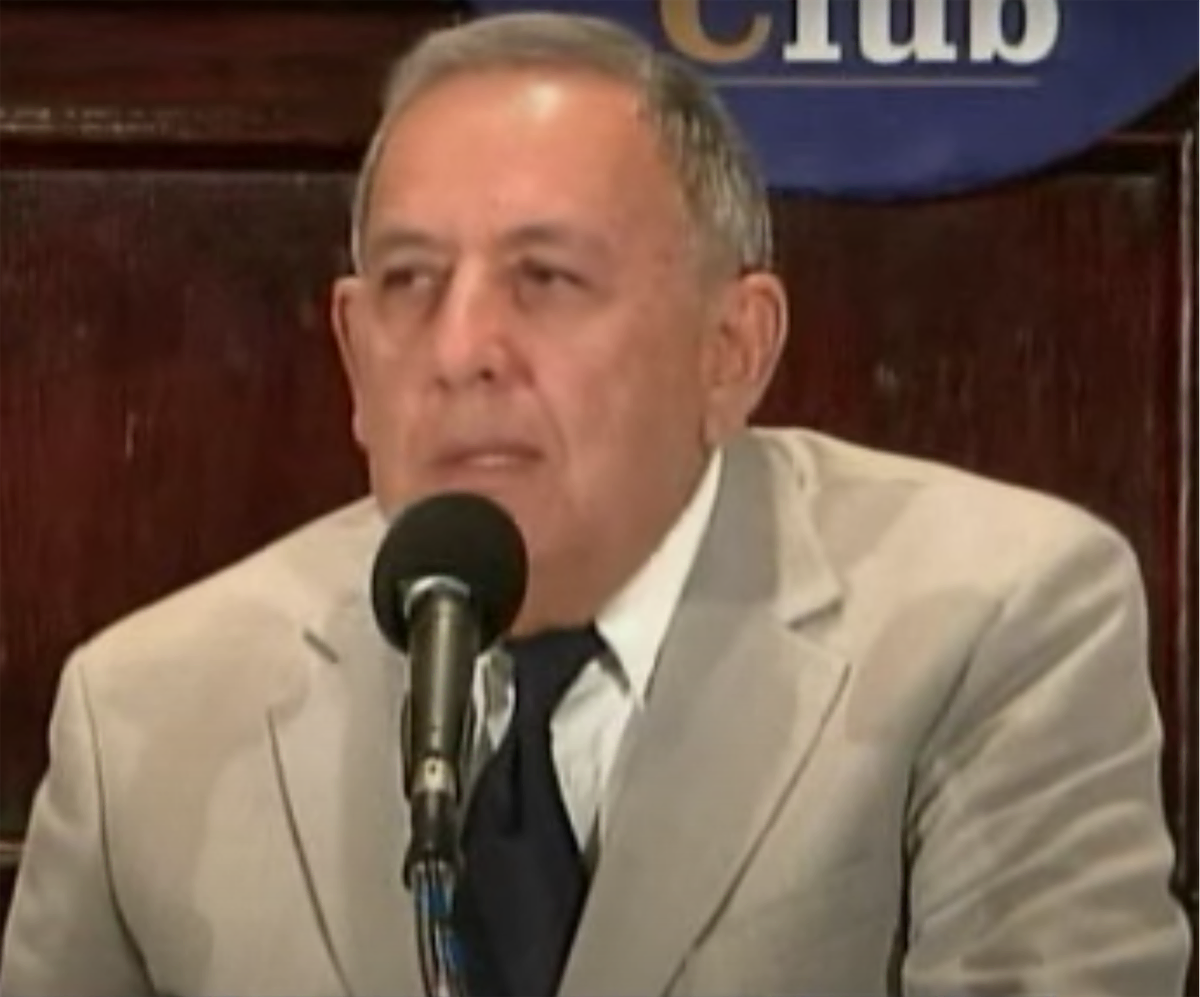
As with other UAP incidents, the origin of the phenomena remains unknown.